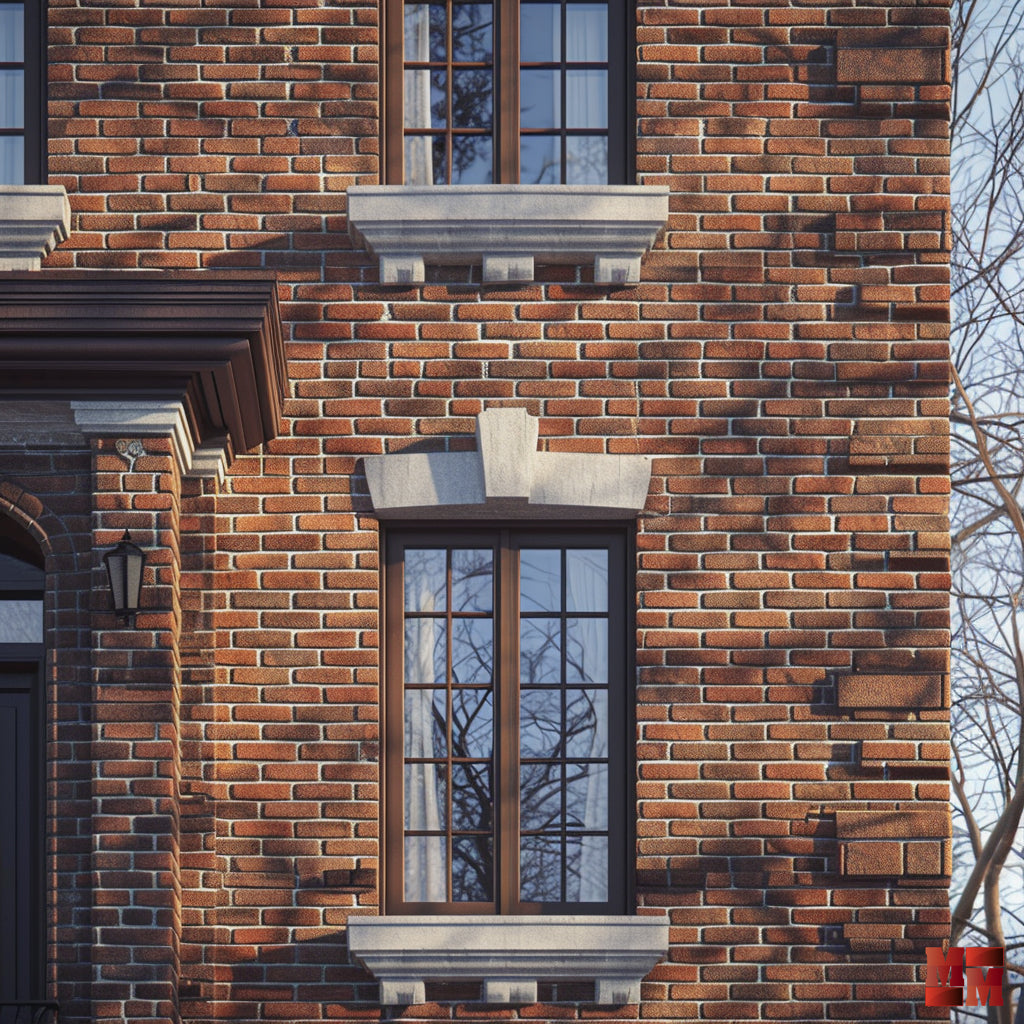How to Choose Between Different Types of Masonry Joints? (2024 Guide)
Masonry is an ancient art that has endured through the centuries, shaping our cities with unmatched strength and beauty. When considering masonry work for your property in Montreal, Laval, Longueuil, South Shore, or North Shore, one of the most crucial aspects to ponder is the type of joint you will opt for. Masonry joints play a vital role in the durability, aesthetics, and resilience of your structure. In this 2024 guide, we will delve deep into the various types of masonry joints, helping you make informed decisions for your projects.
Types of Masonry Joints
When embarking on masonry work, you'll encounter various types of joints. Each has its advantages and drawbacks, with the choice depending on several factors, including architectural style, local climate, and aesthetic preferences. Here are some of the most common types of masonry joints:
1. Concave Joint
The concave joint is a popular choice for those seeking a clean and uniform appearance. Bricks or stones are precisely cut to fit snugly against each other, creating a thin and nearly invisible joint. This lends the structure a smooth and elegant look.
2. Flush Joint
The flush joint is simple and functional. Bricks or stones are laid with a flush, uniform joint. It's ideal for projects where aesthetics are not a top priority, such as retaining walls.
3. Raked Joint
The raked joint is commonly used for Mediterranean-style facades. A layer of mortar is applied over the joints to create a textured finish. This adds character to the masonry while enhancing its weather resistance.
4. Weathered Joint
The weathered joint is similar to the flush joint but features a slight indentation at the center. This creates a subtle shadow between the bricks or stones, adding visual depth to the structure.
5. V-Joint
The V-joint is an elegant choice for decorative masonry projects. The joints are cut in the shape of arcs or waves, creating a continuous pattern that draws attention.
6. Struck Joint
The struck joint is often used for exterior walls. After application, it is struck with a tool to create a rough texture. This enhances mortar adhesion while giving the masonry a rustic appearance.
How to Choose the Right Type of Joint
Now that you're familiar with the various types of masonry joints, how do you select the one that best suits your project? Consider these factors:
1. Architectural Style
The architectural style of your property plays a significant role in the choice of joint. For instance, a raked joint can complement a Mediterranean villa, while a concave joint is ideal for a modern home.
2. Local Climate
The climate in your property's region is crucial. If you're in Montreal, you're well aware of the harsh winters. Weather-resistant joints like the struck joint are a prudent choice to withstand winter conditions.
3. Aesthetic Preferences
Your personal aesthetic preferences also matter. Do you desire a sleek and polished masonry or prefer a more rustic texture? The choice of joint can greatly influence your project's appearance.
4. Functionality
Lastly, consider the functionality of your masonry. If it needs to bear significant loads, a sturdy concave joint may be necessary. For purely decorative walls, the V-joint can add elegance without compromising strength.
Conclusion
Choosing the type of masonry joint is a crucial decision that can have a significant impact on your project's aesthetics and durability. By taking into account your architectural style, local climate, aesthetic preferences, and required functionality, you can make an informed decision. If you need further guidance or professional masonry services in Montreal, Laval, Longueuil, South Shore, or North Shore, don't hesitate to reach out to us at Masonry Montreal. We're here to assist you at every step of your project.

